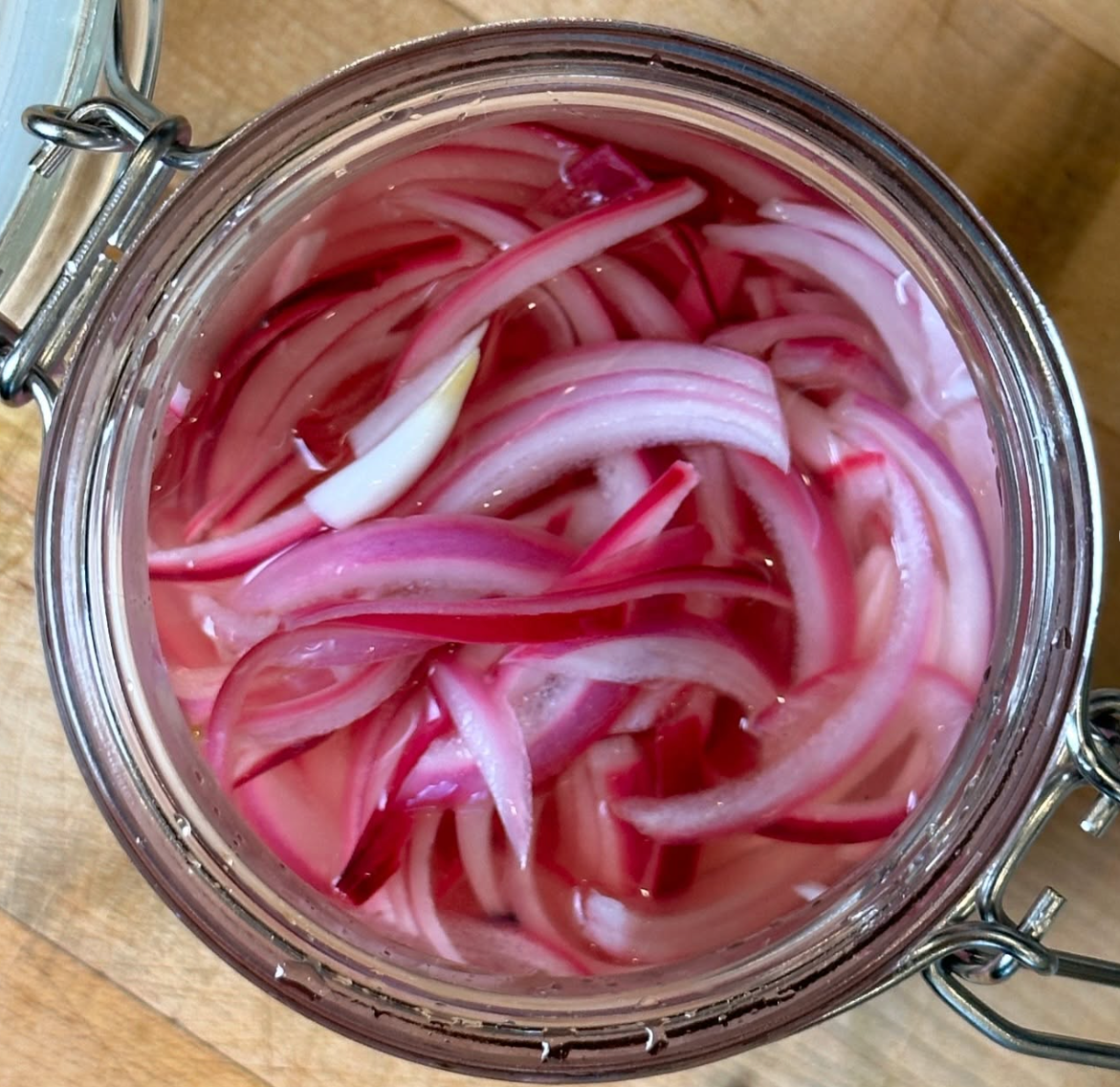THIS WEEKS RECIPES

KITCHEN ACADEMY
Toasting grains before boiling is a great way to enhance the flavor, and after cooking, can be added to salads, soups and other dishes.
Transcript:
Toasting grains before cooking is a great way to bring out more flavor from your ingredients.
Start by heating a pan over medium-high heat, then add your raw grains. Here we are toasting farro. Shake the pan and stir the grains as you cook to help them cook evenly.
You’ll start to smell the nuttiness of the grain once they are done, then you can add some salt, and your water or broth and continue cooking
Once the liquid comes to a boil, turn down the heat to low and cook until the grain is tender. The exact time will depend on the specific grain. Feel free to taste test to check for doneness. The grain should be tender, doubled in size and some grain like farro will split.
Once done, strain the grain thru a sieve and spread on a tray to speed up cooling. Add the cooked grain to salads, soups and other dishes.
Learn how to quickly cook and preserve the vibrant color and crisp texture of vegetables through the blanching process.
Transcript:
Prepare a large pot of boiling, salted water and a bowl of ice water. Once at a rolling boil, add your prepped vegetables. Allow them to cook until they have softened slightly and their color becomes vibrant. Check frequently with a fork or your fingers to trace the cook. Once you get to your desired doneness, scoop out the veggies using a strainer and immediately drop into a bowl of ice water. The cold water shocks the vegetables, and stops the cooking process. This is a great way to cook vegetables with precision while locking in beautiful color and nutrients.
Pickled onions give a bright, sour, crunchy note to all sorts of dishes. Keep a jar in the fridge to add some punch to salads, grain bowls, roasted veggie or meats.
Transcript:
To make quick pickled onions, start slicing red onions thin, and placing them in a bowl. Next, create a brine. An easy ratio is 2 parts vinegar to 1 part water, but use whatever amounts your recipe calls for.
Add the water, vinegar, sugar, salt and spices to a pot and heat until simmering and the salt and sugar dissolve. Pour the hot brine over the onions. Set a plate on top of the onions to keep them submerged.
Once cool, pour the onions and brine into a jar and keep in the fridge. These are best used in a week or two, but can last in the fridge for up to a month.
Learn the best way to prep salad greens.
Transcript:
Anytime you make a salad, you have the choice of buying a head of lettuce, loose leaves from a bulk bin, or bags or containers of pre-cut and washed greens. All of these options are great, some just take an extra step or two to prepare.
For a bag or container of precut/washed salad, simply empty the contents into your bowl.
For a head of lettuce, you’ll need to take out the core and either tear or chop the leaves. Then wash the greens by giving them a good bath in cold water, next either dry in a salad spinner, or use a large, clean tea towel to “spin” them dry.





